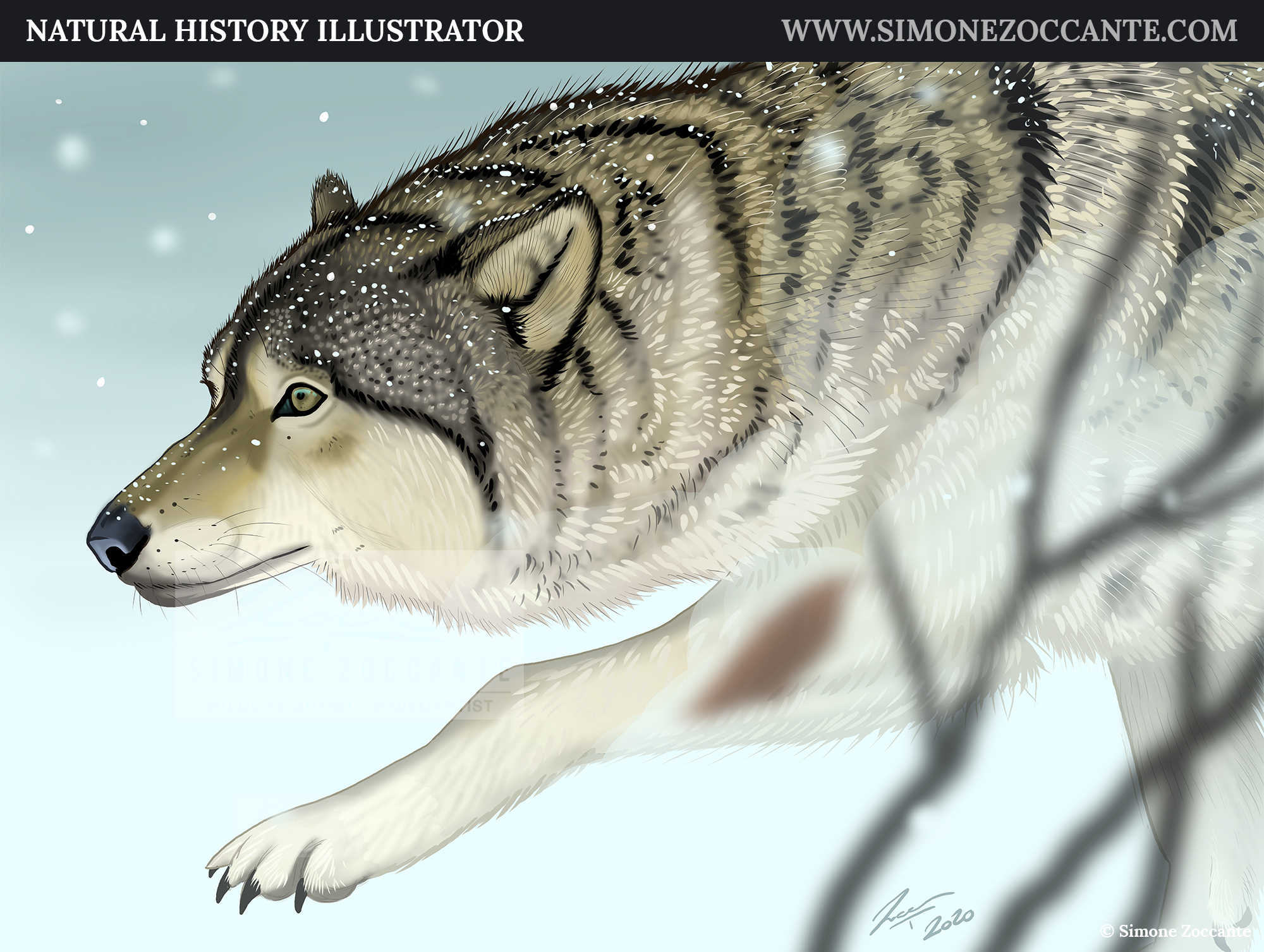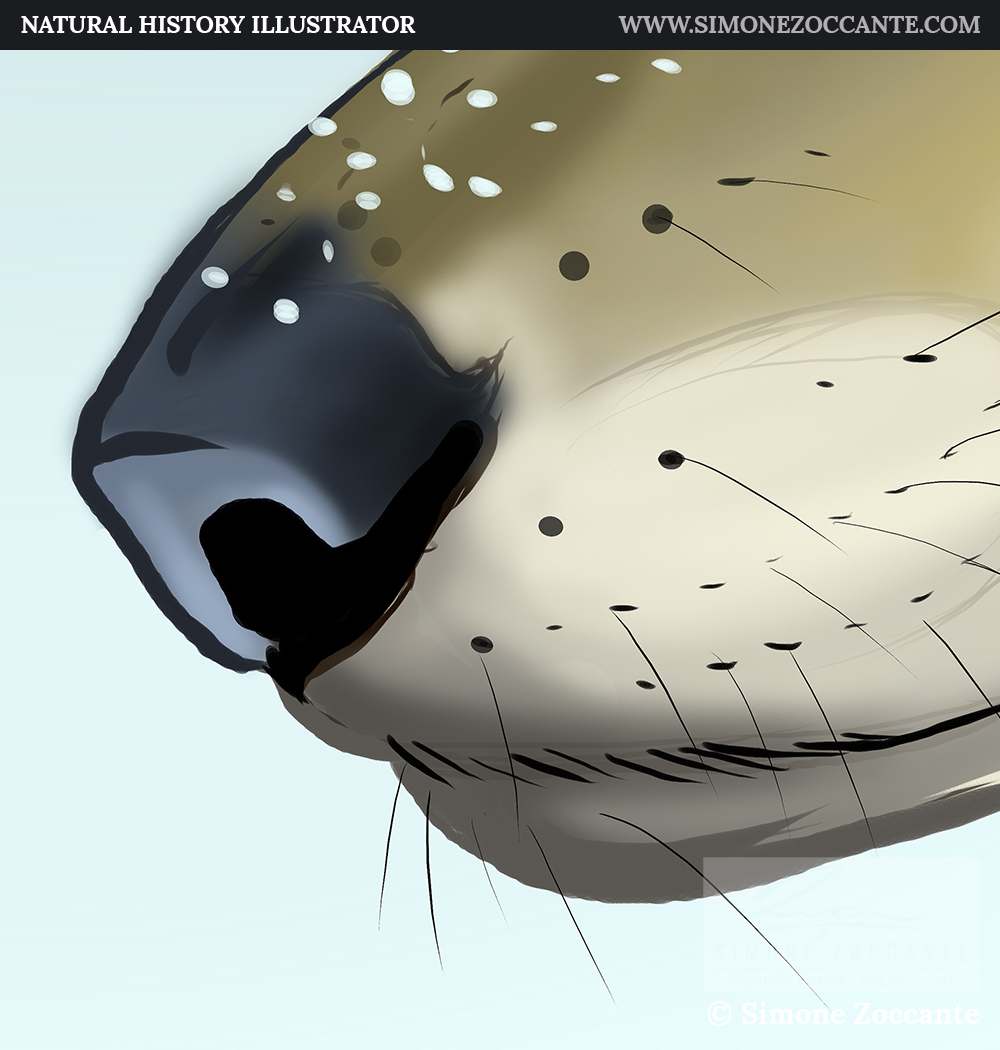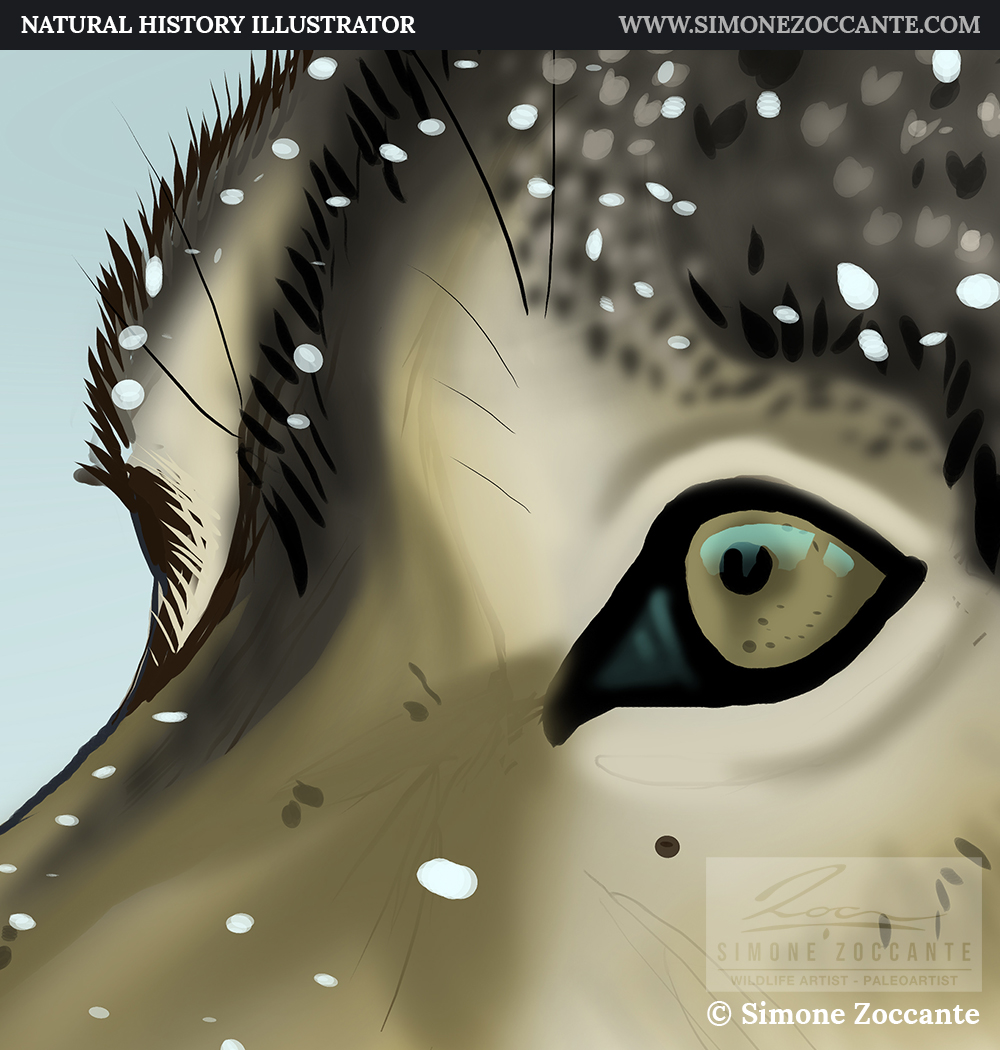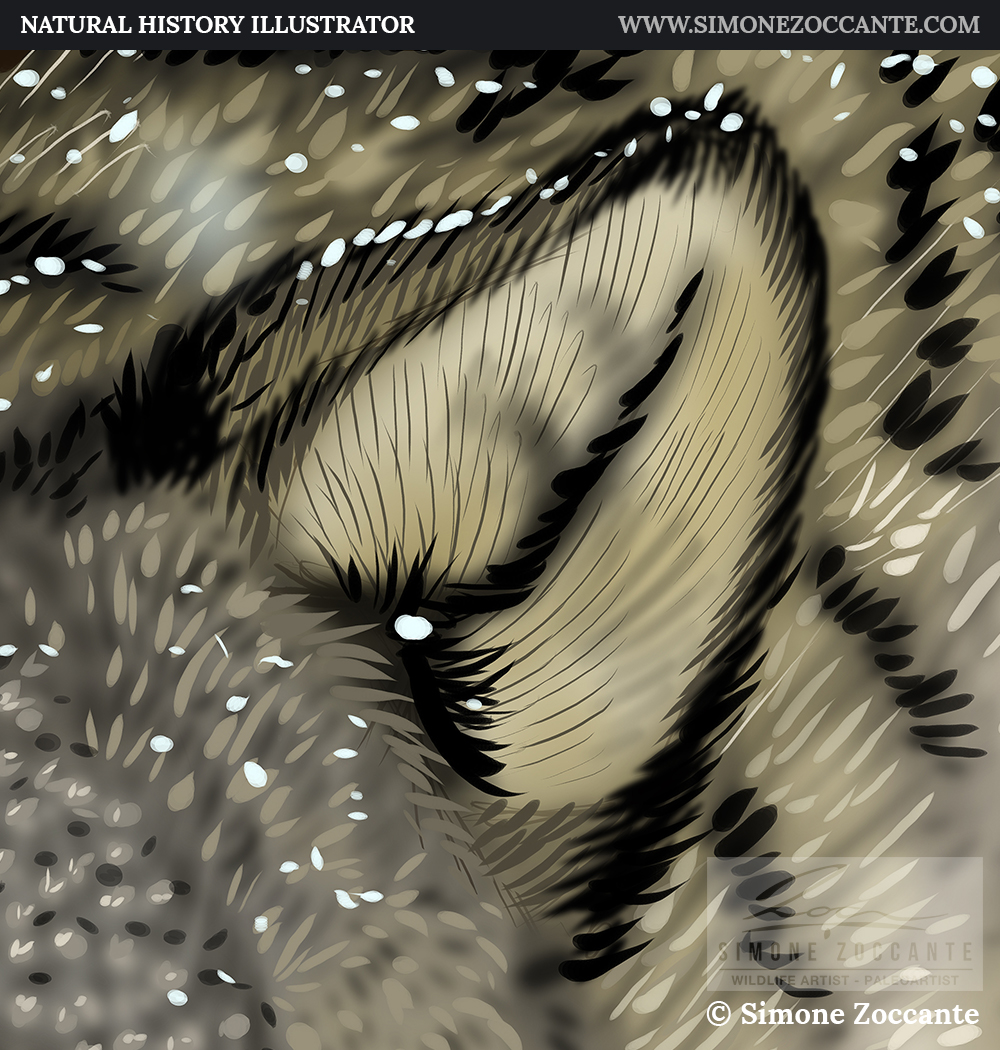
ALASKAN GRAY WOLF (Canis lupus occidentalis)
ALASKAN GRAY WOLF (Canis lupus occidentalis)
The Gray Wolf (Canis lupus) is perhaps one of the most widespread and successful carnivores on the planet. It is present on almost every continent except sub-Saharan Africa, South America, and Antarctica. The key to its success lies in its great adaptability and strong social nature.
Wherever they inhabit, wolves play an important ecological role. Their main task within the ecosystem is to control the population of large ungulates that they feed on.
The wolf’s preferred prey is the deer, which, due to its widespread presence worldwide, is the most common element in the wolf’s diverse diet. Other species commonly included in the wolf’s diet are wild boars in Eurasia and, in some areas of North America, bison.
Apart from that, wolves remain opportunistic predators, and their diet is highly varied. They can prey on small and medium-sized vertebrates, ranging from lizards and insects weighing just a few grams to bison and moose weighing almost a ton. Their diet also includes carrion, scavenged food, and fruits.
As mentioned before, wolves often play a crucial role in preserving an ecosystem. They are often referred to as “keystone species.”
A very famous example of this concept is found in the story of the Alaskan gray wolves (Canis lupus occidentalis) in Yellowstone National Park, located between Montana and Wyoming in the United States.
In 1995, after being completely eradicated from the area for nearly seventy years, gray wolves were successfully reintroduced to Yellowstone. The absence of these predators had disrupted the ecosystem of the region.
Elk populations had become abundant and had consumed the riparian vegetation, mainly consisting of quaking aspen, which in turn deprived beavers of their primary building material for dams. Without the beaver dams, the river floods became more destructive and caused hydrological and environmental imbalances. Coyotes, with no wolves to limit their numbers, multiplied excessively, preventing other medium-sized predators such as lynxes, foxes, and eagles from hunting the rodents they depended on for food.
The entire ecosystem was unbalanced and disrupted. The reintroduction of wolves had a series of positive consequences. Firstly, it limited the number of elk, which resulted in less consumption of aspen, leaving more construction material for beavers. With their dams, the beavers mitigated the impact of river floods. Coyote numbers were also reduced, creating more space for other predators to thrive.
The case of the Yellowstone wolves is undoubtedly an example of how these predators are crucial for the health of an ecosystem. It also demonstrates how a healthy environment is the result of a delicate balance among interconnected inhabitants, much like the gears of a giant clock.
ILLUSTRATION INFORMATION
Year: 2020
Client: Simone Zoccante / Diorama Nature
Software: Adobe Photoshop
Dimension (for Print): 168,2 x 118,8 cm @ 300 dpi
Dimension (in Pixel): 19866 x 14031 px
If you’re interested in commissioning me a similar painting or to buy the licensing rights of this artwork, feel free to contact me at simonezoccante@gmail.com. Thank you.



If you are interested in using this image for your projects and works you can contact me and we can discuss about licensing.
All images © Simone Zoccante 2018-2023. Please do not reproduce without the expressed written consent of Simone Zoccante.
